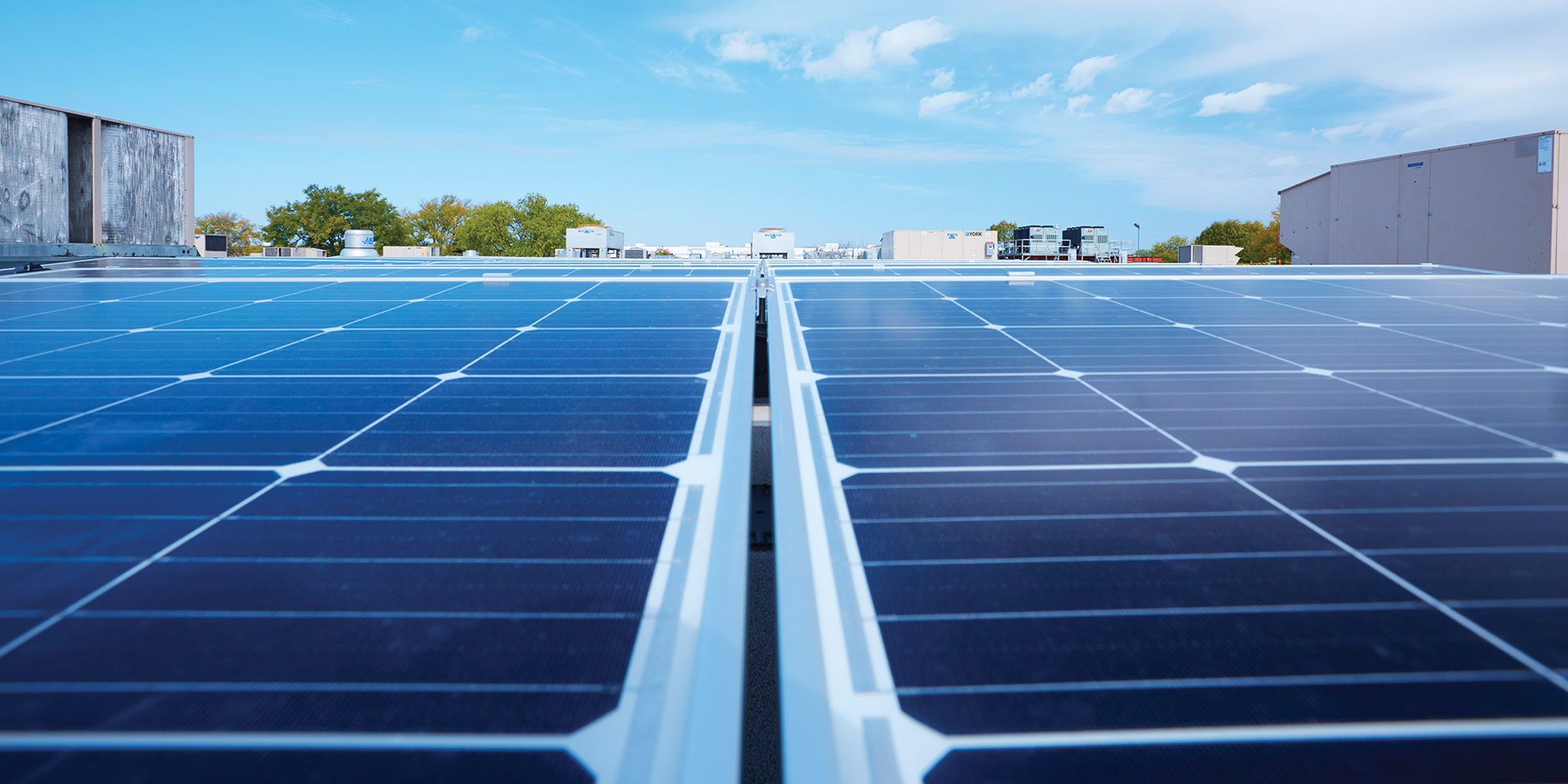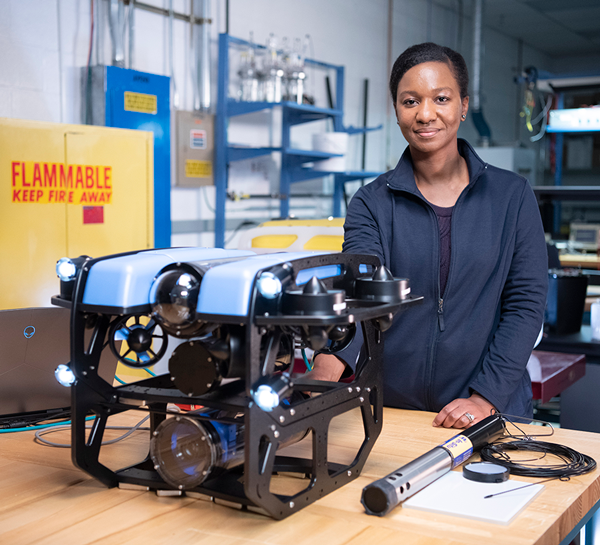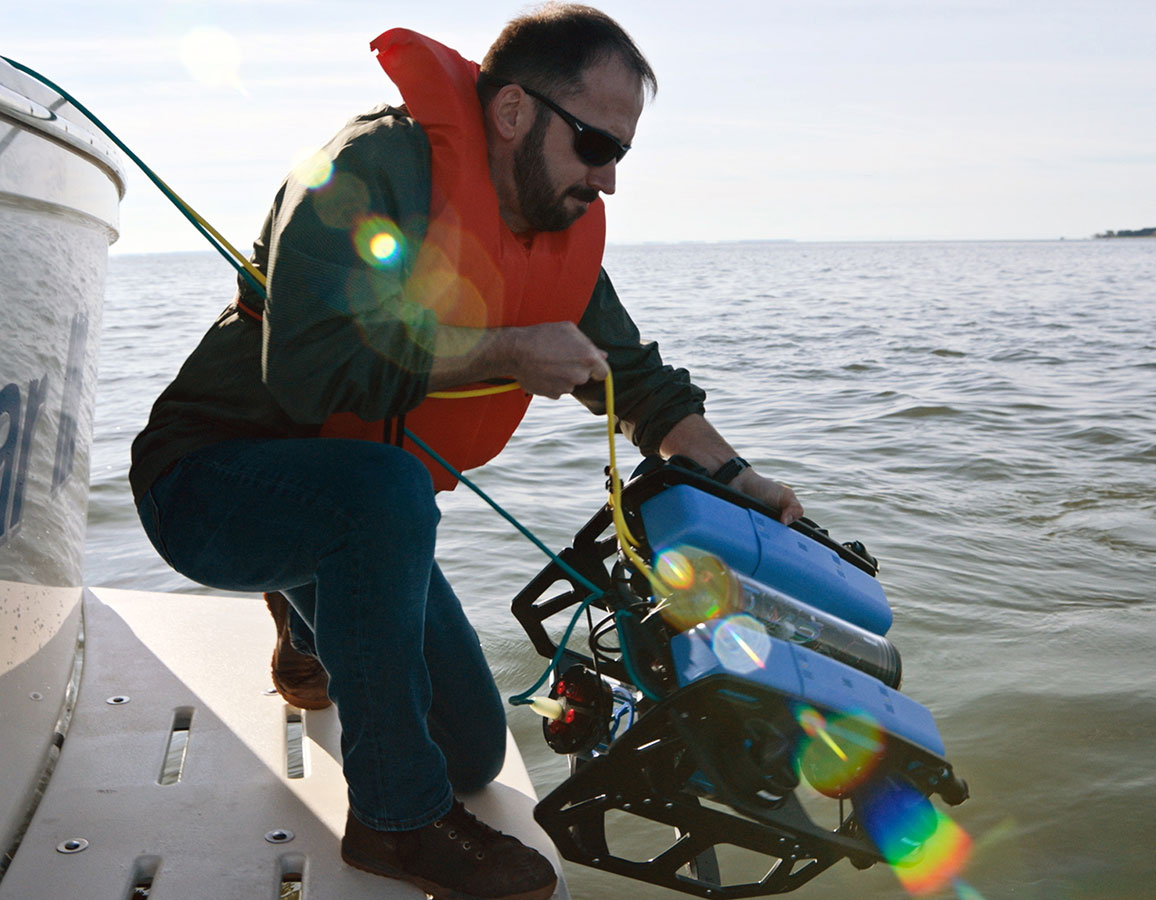Zeroing in on Greener Business
How Northrop Grumman Plans to Achieve Net Zero Emissions

By Adam Stone
Northrop Grumman has set an ambitious goal to achieve “Net Zero” greenhouse gas emissions by 2035. In short, this means the company will balance its emissions of greenhouse gases with the removal of those gases.
Mike Witt, Northrop Grumman’s Chief Sustainability Officer, said Net Zero is the right thing to do for the environment, and it makes business sense. The company has already made major strides in this direction, as highlighted in its most recent sustainability report.
In this Q&A, Witt explains more about the rationale behind Northrop Grumman's Net Zero ambitions and describes why the emission goals are necessary.

Q: Why Is It Important to Pursue Net Zero?
A: Achieving Net Zero greenhouse gas (GHG) emissions in our operations is the best way to address the challenges brought on by a changing climate. Science tells us that the time between now and 2050 is critical to limiting our emissions. Every industry and every nation need to contribute.

Q: What Does It Mean to Have Net Zero Emissions?
A: It's about achieving that balance between the greenhouse gasses we emit with those we remove. Northrop Grumman will eliminate a large majority of its absolute emissions from operations and achieve Net Zero by balancing any remaining emissions of GHG with projects that remove an equivalent amount of GHG.
Our Net Zero program seeks to use new technology to both implement low-carbon technologies and work on removal.
The term Net Zero is important because it's the state at which we can slow and ultimately stop the negative impacts of a changing climate. It requires significant technology development and implementation, process improvement, grid improvement and, of course, utilizing renewable sources of electricity. As a technology company that relishes solving the toughest problems, Northrop Grumman sees this as a critical, global challenge we can help solve.

Q: Why Is Net Zero Important for Northrop Grumman in Particular?
A: It makes business sense and it is the right thing to do. It’s driven by our employees, customers and investors.
One example of how employees are helping to drive this effort is materials efficiency. We have employees who design certain components for products we develop for the Department of Defense, using innovative materials with the goal of reducing material excess and inefficiency. That allows us to reduce the cost of raw material inputs. Moreover, it minimizes power inputs, which reduces overall emissions.
Our customers want to see that we are working in collaboration with them toward meeting their own emission goals. The U.S. Army, for instance, has an action plan around climate change, with very clear emissions reductions targets.
When it comes to our investors, climate change is making the world unpredictable, and investors want us to demonstrate leadership in this arena as a way to mitigate risk. They see Net Zero emissions as adding value to their investment, and they appreciate the high "do-to-say" ratio — that we are taking action. We are taking practical, meaningful steps to make a difference.

Q: What Does This Work Mean to You Personally?
A: This is an opportunity that is beyond my wildest dreams and imagination — to be an engineer by training and to work alongside those that have both a strong technical foundation and the drive to do what is right, all while being focused on solving one the world’s greatest environmental challenges.